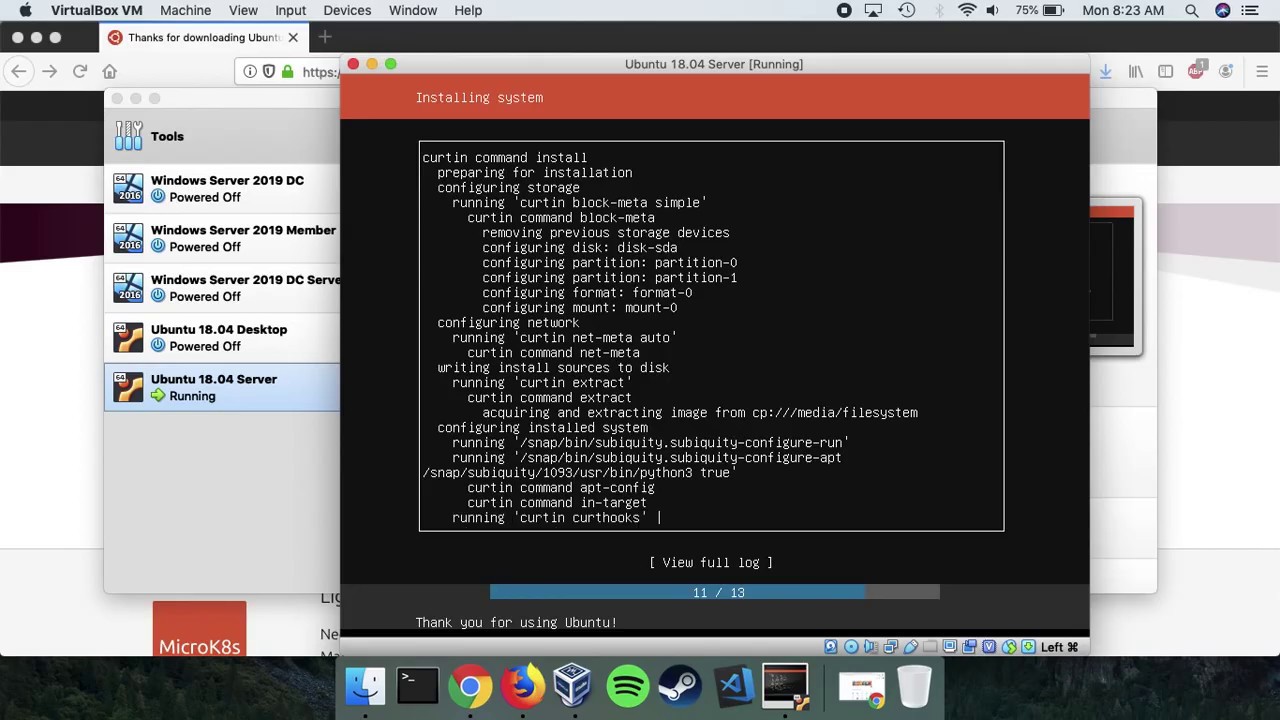

Let’s create a sata controller $ VBoxManage storagectl hass -name "SATA Controller" -add sata -bootable onĪnd connect our downloaded Home Assistant image to it: $ VBoxManage storageattach hass -storagectl "SATA Controller" -port 0 -device 0 -type hdd -medium /home/user/VirtualBox VMs/hass/hassos_ova-4.12.vdi We need to download a virtual VDI image from here, unpack and place it in VM’s folder Virtualbox creates a folder in user home directory to store VM files.Īnd there is a folder with our new created VM: Download and connect Home Assistant image to our virtual machine So let’s connect VM’s virtual network card nic1 to real network card enp3s0: $ VBoxManage modifyvm hass -nic1 bridged -bridgeadapter1 enp3s0ģ. We need to bridge our virtual machine to existing network adapter. Set cpu number and memory: $ VBoxManage modifyvm hass -cpus 2 -memory 2048

Set it’s bios to efi: $ VBoxManage modifyvm hass -firmware efi Let’s create VM with name hass: $ VBoxManage createvm -name hass -ostype Linux_64 -register We need to add our user to vboxusers group $ sudo usermod -aG vboxusers userĪs this instruction says, we need to do the following:įor VirtualBox create a new virtual machine, select “Other Linux (64Bit), assign it at least 2 GB of memory and “Use an existing virtual hard disk file”, select the VDI file from above, afterwards edit the “Settings” of the VM and go “System” then Motherboard and Enable EFI, then “Network” “Adapter 1” Bridged and your adapter. So we try to connect to our server via ssh and do all the work using command line only.

There are plenty of guides for Home Assistant installation using virtualbox GUI, but it is not helpful for ubuntu-server headless computers. So it is not possible to have supervised Home Assistant on ubuntu other then virtual machine. Home Assistant has dropped native support for ubuntu.


 0 kommentar(er)
0 kommentar(er)
